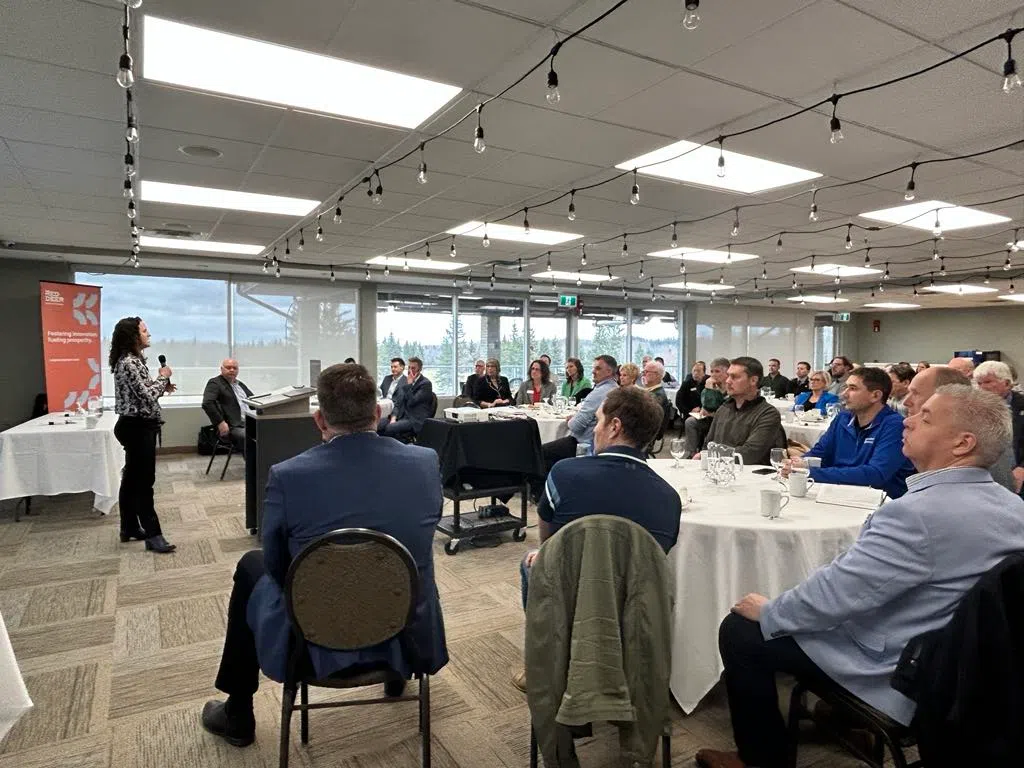
Red Deerians learn about carbon capture and waste-to-energy initiatives in region at Chamber luncheon
At a Red Deer & District Chamber luncheon on Tuesday, guests learnt about sustainable energy initiatives taking place in the region, particularly in carbon capture storage (CCS) and waste-to-energy (WTE).
Held at the River Bend Golf & Recreation Area, speakers included Sean Collins, Chief Executive Officer of Varme Energy in his waste-to-energy project, and Candice Paton, Vice-President of Corporate Affairs of Enhanced Energy in her CCS initiative.
In November 2023, the towns of Blackfalds and Penhold were the latest to approve non-binding letters of intent see a WTE facility built near Innisfail. Sylvan Lake and Innisfail signed earlier in the year.
READ: Blackfalds and Penhold latest to show interest in Varme waste-to-energy facility near Innisfail


